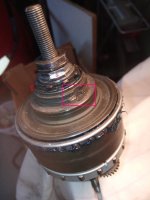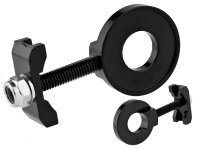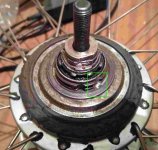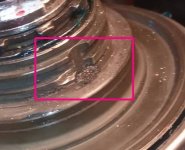Chalo said:[true and just as irrelevant as quibbling about the feel of a roller brake on a hub designed for a roller brake. The 3-speed hub does what it does, correctly, and so does the roller brake. If it can skid the rear wheel-- and it can-- then there is verifiably no difference in stopping power between it and any other brake that can skid the rear wheel.
Lever feel can be changed by the use of a different lever pull ratio, which usually is not an option with hydraulic brakes.
Sure - maybe I should have been more specific: if you don't care about the extra weight, the c6000 and similar rear roller brake combined with an IGH is the best system there is for a city bike. Ultra low maintenance, and all weather proof, with plenty of stopping power for a regular cyclist. I've seen 10y old bikes with this setup still running strong although never grease / cleaned once!
Yet this thread is more about IGH in high power use, like a mid drive motor. In that case, based on my experience, a rear roller brake is no match of a properly setup disc brake, and I would always recommend 180mm+ hydraulic disc brakes for anyone pouring more than 1000W into the rear hub.






